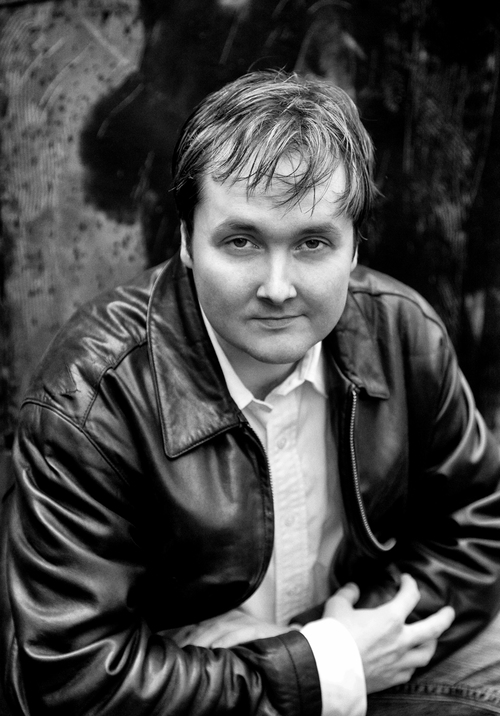
An Interview With Kyle Minor
In Praying Drunk, Kyle Minor delivers again and again. Not only is each individual story in his second collection filled with wit, intelligence, and strong emotion, but every story in the book also connects somehow to every other, repeating and recasting not just ideas and themes but also events and characters and especially locales, the settings that host Kyle Minor’s obsessions: Florida, Ohio, Kentucky, Haiti. Throughout, Minor reveals himself to be an unwavering, undaunted seeker of the root truths that lie behind the stories we tell ourselves to live, dredging through the cause and effect of American history, religious life, and family tragedy for answers—and if there are no easy answers, then what is there to do but to ask better questions, to look again, to look deeper? He asks again and again: What wrong stories did we tell ourselves, in order to end up here, amid the unfolding tragedy? And also: When we stop being willing to believe and participate in these failed stories, what other stories can we possibly tell next, if we’re determined to build something better and more true?
I’ve been friends with Kyle Minor since 2007 or 2008, when I met him after a reading at Eastern Michigan University. Afterward, we joined some mutual friends for a drink at a local bar, where at some point Minor got up from the table to play the bar’s piano. I wish I could remember what song he played. If his book wasn’t so interesting to talk about, I might have asked him that below.
—Matt Bell
I. “IN THIS BOOK, FORM IS EVERYTHING”
MATT BELL: Let’s start with the note to the reader at the beginning of the book, the first of its kind I’ve seen in a story collection. It reads:
“These stories are meant to be read in order.
This is a book, not just a collection.
DON’T SKIP AROUND.”
What made you decide to include this note? What are readers losing by not reading the stories in Praying Drunk in the order they were intended?
KYLE MINOR: The book has a design, and the stories mean differently when they’re read outside the design. I hoped to announce the book’s preoccupation with design in the first story, which is titled “The Question of Where We Begin,” which turns out not just to be a formal question but also a question central to the attempt these stories are to make sense of things about which it is very difficult to make any sense—illness, death, despair, suicides, cruelty, the various troubles love can provoke, our inability to really know one another when we our inner selves are walled off...
You have reached your article limit
Sign up for a digital subscription and continue reading all new issues, plus our entire archives, for just $1.50/month.
Already a subscriber? Sign in




